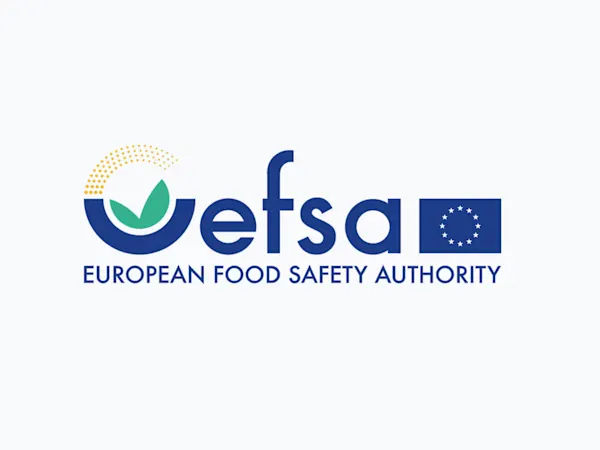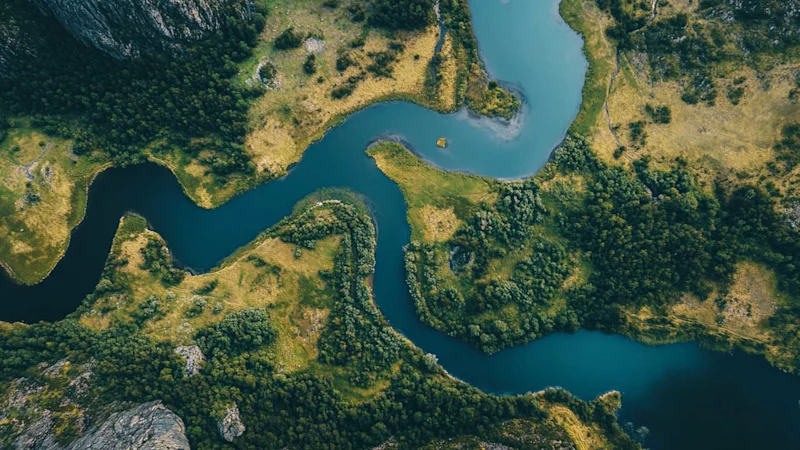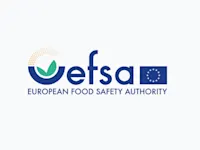
EFSA Seeks Feedback on Overhaul of Weight of Evidence and Biological Relevance Guidance
EFSA launches consultation on updating its Weight of Evidence and Biological Relevance guidance, aiming to streamline chemical risk assessment practices.


The European Environment Agency (EEA) has released a critical report revealing that Europe’s waterways remain heavily contaminated by harmful chemicals, including pesticides, mercury, and "forever chemicals" like PFAS. Despite EU mandates to regulate pollutants and protect water quality, over 70% of surface waters and 25% of groundwater sites fail to meet “good” chemical status, sparking urgent calls for regulatory action.
The EEA’s 2024 findings highlight an alarming level of chemical pollution in Europe’s water bodies, pointing to significant delays in updating the EU's Water Framework Directive (WFD) and other water policies. Currently, mercury, pesticides, and emerging contaminants such as PFAS are pervasive across rivers, lakes, and groundwater, jeopardising ecosystems and public health. Though updates were proposed by the European Commission to expand the list of priority substances—including new entries like pharmaceuticals and PFAS—the lack of a scheduled vote from the European Parliament has stalled the process, leaving many dangerous chemicals unregulated.
The EEA report notes that pollutants classified as "ubiquitous, persistent, bioaccumulative, and toxic" (uPBTs), like mercury and brominated flame retardants, are particularly concerning. Once present in water, these chemicals are challenging to remove and can persist for years. Over half of European surface waters fail chemical standards primarily due to these substances, masking improvements achieved for other pollutants.
PFAS, often referred to as “forever chemicals,” are used extensively in products ranging from firefighting foams to non-stick cookware and textiles. Their persistence and ability to accumulate in the environment make them particularly dangerous; once they enter the water, they remain there for decades, contributing to adverse health outcomes. PFAS contamination in EU waters has been recorded in concentrations high enough to breach safety thresholds, prompting the EEA to label them as one of the most serious threats to European water quality.
Similarly, pesticides—though partially regulated—continue to impact water safety. As the report reveals, agricultural runoff introduces large amounts of herbicides, insecticides, and fungicides into rivers and groundwater, disrupting ecosystems and threatening biodiversity. While some older pesticides like heptachlor have been banned, they still appear in water testing results due to their long lifespan and continued leaching from soil deposits. EEA data shows that new-generation pesticides, often more potent and toxic to aquatic life, also pose a serious risk and are not adequately captured in current monitoring practices.
The consequences of these regulatory delays extend beyond environmental health, with potential impacts on drinking water safety and public health. Groundwater, which supplies two-thirds of Europe’s drinking water, shows significant contamination from nitrates, pesticides, and emerging pollutants, pushing the limits of many water treatment facilities. The EEA has flagged drinking water contamination as an increasingly urgent problem, as treating these chemicals is costly and, in many cases, impractical due to their persistent nature.
Claire Baffert, Senior EU Policy Officer at WWF’s European Policy Office, criticised the delays, stating, “Excessive exemptions and delayed regulatory actions are sabotaging the EU’s water protection goals, risking public access to clean, high-quality water and compromising ecosystem resilience.” The EEA report reiterates that immediate action is critical to protect both biodiversity and human health, with measures needed to curb pollutant use at the source, implement broader monitoring, and reinforce the regulation of emerging substances.
The EEA’s report recommends an urgent legislative response to align water quality policies with the EU’s zero pollution goals under the European Green Deal. Specifically, the EEA calls for a ban on PFAS, restrictions on pesticide use, and stronger action against diffuse pollution sources like agricultural runoff and atmospheric deposition. Furthermore, the report suggests expanding nature-based solutions, such as buffer zones and wetlands, to mitigate runoff and restore ecosystems.
Foresight continuously tracks 1000s of sources and maps updates to your portfolio:




EFSA launches consultation on updating its Weight of Evidence and Biological Relevance guidance, aiming to streamline chemical risk assessment practices.

Germany's CONMAR-Impact study sets new environmental quality standards for TNT in marine ecosystems, raising industry-wide compliance questions.

EU Member States urge the Commission to accelerate the REACH revision, citing urgent health, environmental, and industry competitiveness needs.
Subscribe to Foresight Weekly and get the latest insights on regulatory changes affecting chemical compliance.
Free forever. Unsubscribe anytime.
Read by professionals at